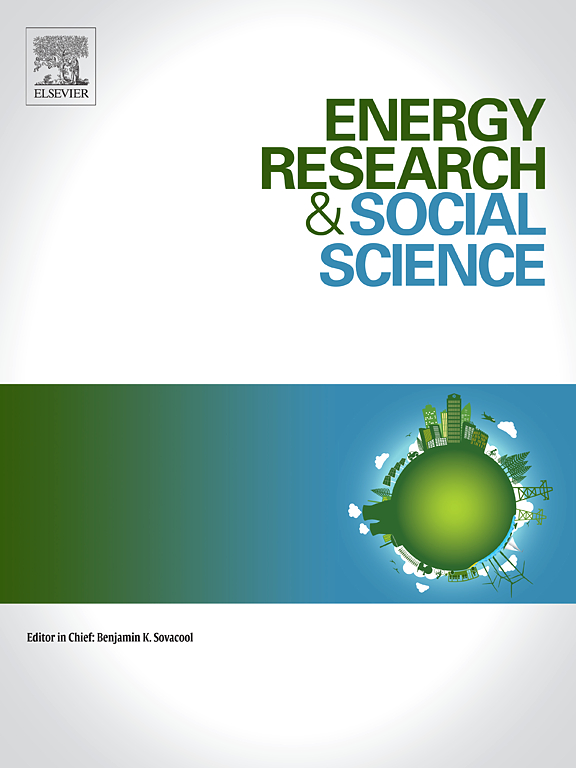Analyzing the spatial extent and distribution of forest fires is essential for sustainable forest management. The present study appraises the distribution of forest fires in one of the largest states in India, Andhra Pradesh, using satellite remote sensing. Advanced Wide Field Sensor (AWiFS) onboard on Indian Remote Sensing Satellite (IRS P6) was used for mapping and analyzing the spatial extent of burnt areas. Comparative analysis was carried out with respect to different forest types, protected areas and across elevation zones to demarcate and identify the fire-affected areas. The results show that about 19% (8594 km2) of forest area were burnt in the state during 2009. Burnt area statistics for Protected Areas reveal that 24% of forest cover was affected by fire. Nagarjunasagar Srisailam Tiger Reserve, the largest tiger reserve of the country, shows an area of 793 km2 (22%) under forest fire. Higher elevation areas which are predominantly dominated by savannah and woodlands experienced higher fire occurrence in comparison with lower elevation areas. Similarly, fires were prevalent near edges compared to core forest. Results of the study suggested that forests of Andhra Pradesh are prone to high fire occurrences and current fire regime poses a severe conservation threat to biodiversity both within and outside the Protected Areas.
Download:
DOI:
https://doi.org/10.5402/2012/380412
Altmetric score:
Dimensions Citation Count:

























